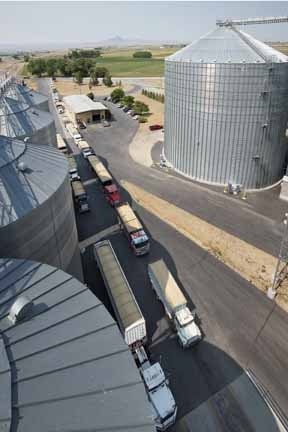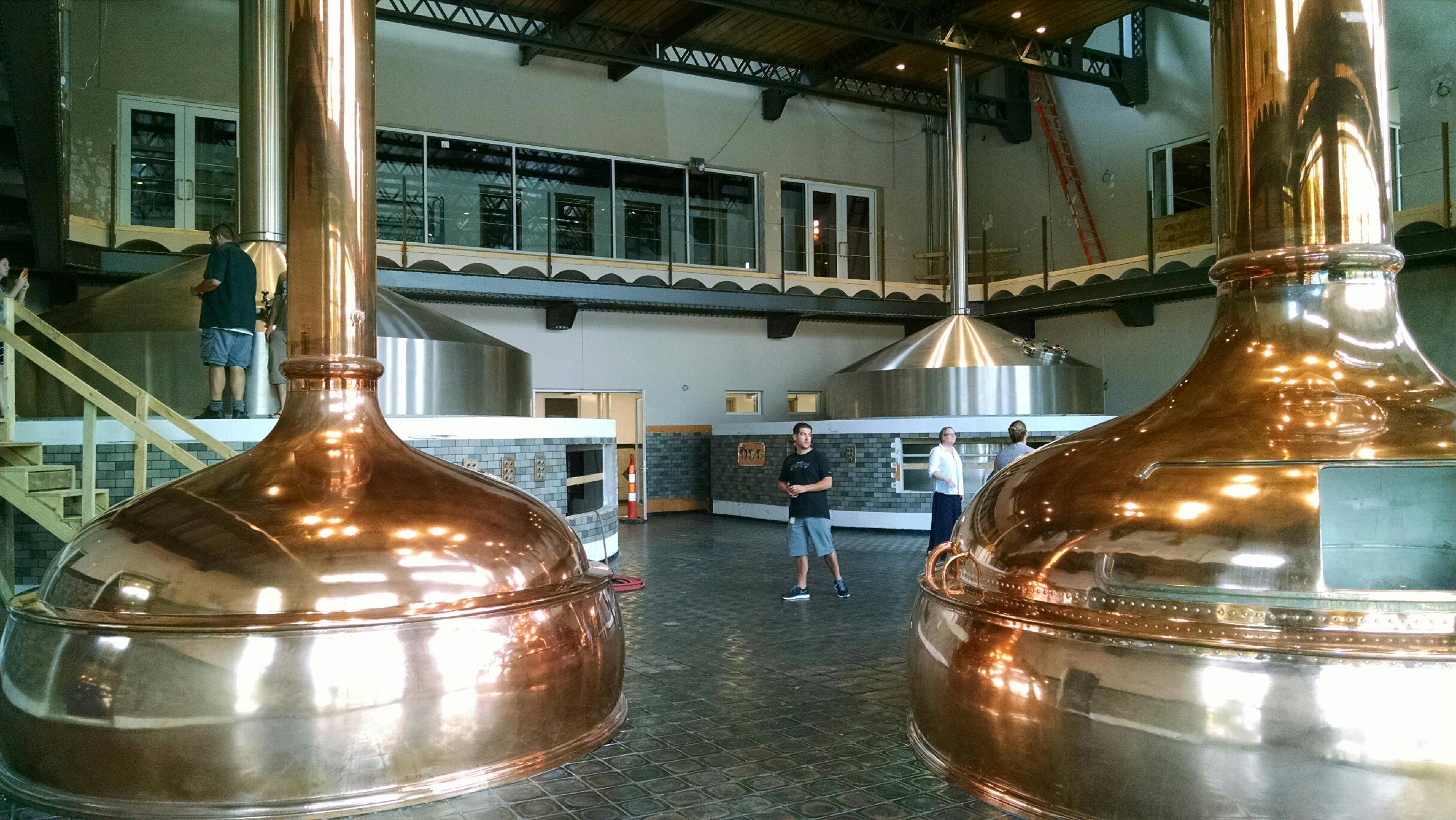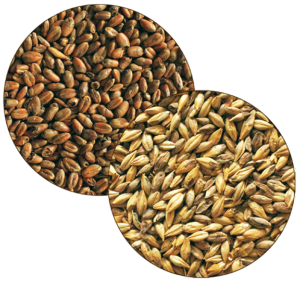
(This article was first written for Craft Beer Quarterly, and updated for this blog.)
This year marks the first full year Briess has operated a full-scale barley operation in Wyoming. It consists of a 2.3 million bushel elevator, seed plant, and network of 250+ dedicated barley growers.
Briess Director of Malting Operations Dave Kuske said he couldn’t be more pleased with the number of acres growers have contracted to grow for Briess. But even as this year’s crop is just now coming off the fields, Dave said Briess is looking ahead to both maintaining and increasing current barley acreage in the region.
Slowly introducing new varieties developed specifically for the American craft beer industry is one plan toward that goal. “Craft beer is all about flavor,” Kuske continued, “and craft brewers are hungry for new varieties with new flavors. But we recognize that these varieties have to work for the growers. Any new variety must be equally beneficial for the producer and the end user.”
Toward this goal, Kuske said he sees Briess assuming a new role.

“Briess is a veteran supplier to Craft Beer. And now we are developing strong grower relationships through our barley operations in Wyoming. That puts us in a unique position to function as a liaison representing both groups. Creating a win-win for producers to grow new malting barley varieties and for Craft Beer is important,” he continued.
Why now?
Until recent years Craft Beer lacked the volume and voice needed to greatly influence malting barley breeding programs. But that’s rapidly changing.
Statistics illustrate the growth of Craft Beer and its impact on the overall $100 billion U.S. Beer Industry, an industry that sells more than 196 million barrels of beer annually, includes more than 2,800 breweries and employs 2 million:
- Almost 8% of all beer produced in the United States is now Craft Beer
- That’s double from just six years ago, with no signs of this trend slowing
- Craft Beer sales grew 18% last year while overall U.S. beer sales were down about 2%
Needless to say, Craft Beer has achieved new purchasing clout. And craft brewers, who are passionate about their craft and the ingredients they use, are anxious to use it. Nowhere is this more apparent than within the U.S. Malt Market.

25% of American malt is used by craft beer
Even though Craft Beer represents only 8% of total U.S. beer production, it consumes 25% of U.S. malt. This can be attributed to a combination of declining overall U.S. beer sales and the growth of Craft Beer, which uses more malt per barrel of beer produced than domestic lagers.
Craft beer is all-malt beer, brewed almost exclusively from four ingredients—malt, hops, yeast, and water. Typically 70 pounds of malt is used to produce one barrel of craft beer. Domestic lager is adjunct beer, brewed using about 24 pounds of malt per barrel supplemented with large quantities of adjuncts (i.e., rice, corn, sugar). Adjuncts help produce very light-colored and flavored beers.
Craft is giving AMBA a new face
To influence the development of new barley varieties, Craft Beer is turning to the American Malting Barley Association which leads malting barley research and breeding in the United States. Briess began actively supporting U.S. malting barley variety development in 1982, when it became a founding member of AMBA. Membership is open to maltsters, brewers, distillers, and food companies, and since its founding, AMBA has funded millions of dollars of barley research through membership dues.
“There is now a tremendous amount of craft brewers representing regional and small craft brewers in AMBA. The face of AMBA has changed.” Kuske noted.
Kuske sits on the AMBA subcommittee that decides which new malting barley varieties advance from barley breeder to an AMBA-recommended malting barley variety. AMBA-recommended varieties are preferred by growers because of the crop insurance benefits they offer as well as a multi-year selection process that rigorously investigates agronomic benefits of potentially new varieties.
“I used to be the lone voice on the committee speaking on behalf of Craft Beer,” he said. “But now Craft Beer is 25% of the malt market.” And his isn’t the only voice in AMBA advocating for craft beer. As a result, in the past five years, several craft beer-friendly malting varieties received AMBA’s nod to advance to research. And AMBA recently published new guidelines for breeding new malting varieties for all-malt beer.
From producer to end-user
This year AMBA membership includes almost 50 craft breweries and distilleries. “Members like Sierra Nevada, New Belgium. Bell’s Brewery, New Glarus, and Oskar Blues are getting actively involved in the organization and the process,” Kuske said.
Any AMBA member can recommend that a new variety advance from breeder to recommended variety.
“But Briess is looking at the supply chain from beginning to end. If an end-user requests a certain variety be advanced and is willing to support it, we are willing to try to make that happen. But it has to be a win for both the grower and the brewer.
“For example, we would learn what volume the end-user needs and then bring that information back to the grower. We will liaison between the grower and the user, and the grower will be an active participant in this process.” Bringing a viable variety to the grower is critical, Kuske continued, citing a dwarf malting barley variety in development that shows potential as a high yielder, less susceptible to lodging, and is drawing a lot of attention from the Craft brewers for its superior flavor.
“Agronomics is always center to developing a new variety,” Kuske continued.
“Our goal is to promote new varieties with increased yield, disease resistance, improved plant height, stronger straw, less lodging, all the things that make for better selection rates and increased ROI for our growers, as well as broad acceptance by the Craft Brewers for flavor and brewhouse performance – a true win-win!”


